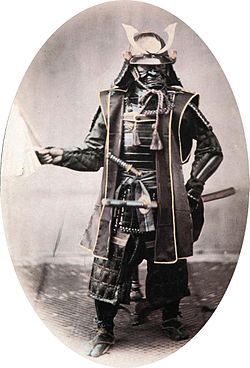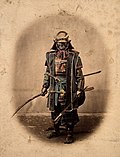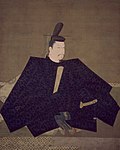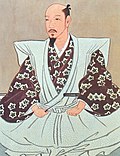Bushido

Bushidō (武士道, Bushidō), meaning "Way of the Warrior", is a Japanese code of conduct and a way of life, more or less similar to the European code of chivalry. It comes from the samurai moral code and gives great importance to certain virtues like frugality, loyalty, martial arts mastery and honour until voluntary death, seppuku. Bushidō was created between the 11th to 14th centuries and took form as a code from the 12th to 16th centuries.
Under the Tokugawa Shogunate, Bushidō became official Japanese Feudal Law.[1] Honor codes are still used in modern times; for example, as part of the kamikaze beliefs.
Bushido Media
A samurai in his armor in the 1860s. Hand-colored photograph by Felice Beato
Bushidō – The Way of the Warrior. Written in Japanese kanji.
Koyo Gunkan by Kosaka Masanobu (1616)
Shogun Minamoto no Yoritomo (1147–1199)
Miyamoto Musashi killing a giant creature, from The Book of Five Rings
Nabeshima Secretary, Hagakure The Anelects
Book cover of Kokon Bushido Ezukushi (Bushido Through the Ages) by artist Hishikawa Moronobu (1685)
Painting of Ōishi Yoshio committing seppuku, 1703
Related pages
References
- ↑ "Japanese Feudal Laws John Carey Hall, The Tokugawa Legislation, (Yokohama, 1910), pp. 286-319". Archived from the original on 2012-10-21. Retrieved 2007-08-27.









